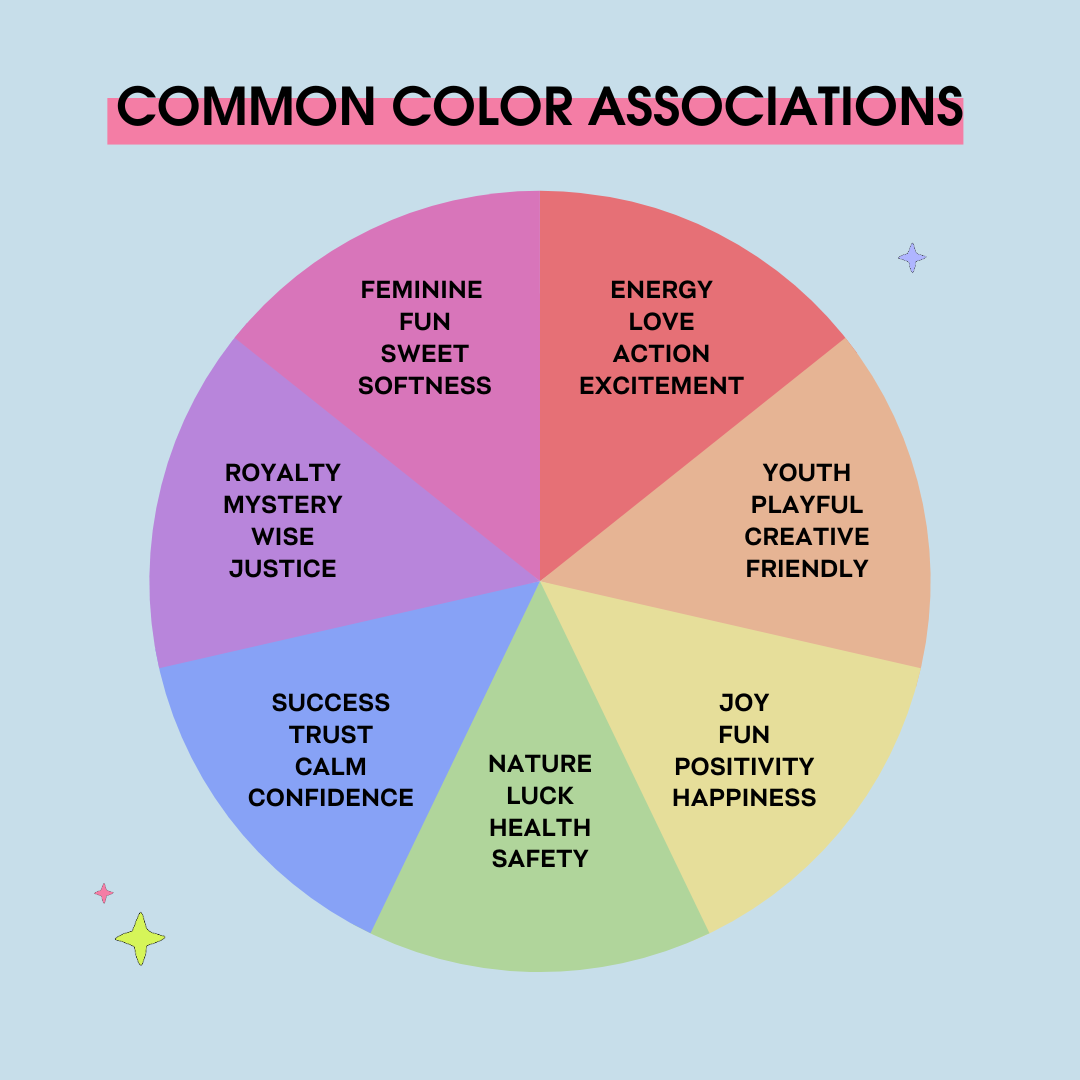How To Use Color Psychology with your Social Media Management Business Branding
Have you ever been drawn to a product or company simply based on its branding? Even if you can't think of an example at the moment, you probably have caved into color psychology at one point in your life or another!
Brands have been using color psychology for YEARS in marketing. You might notice that wellness or sustainability companies often include the color green, or that most restaurants use yellow in their logos because it's welcoming. This isn't just a coincidence, it's actually deeply rooted in research and color psychology. Let's take a well-known brand, for example, McDonald's. The color red is used to energize, which increases your appetite. The color yellow, as just mentioned, is vibrant and welcoming, thus their branding was created to increase energy and appetite to pull in customers.
It all comes back to one of our favorite points we say all the time at Social Savvy: you have to speak to your audience. When we say this, we mean through not only your copywriting but all the small elements that come together to create your brand. This means content, copy, tone, colors, and more.
Why does color theory matter?
Branding is important, we know that! As social media managers, we are constantly making grid patterns and pretty graphics that complement their brand to establish brand recognition. However, it goes so much deeper than brand recognition, we want them to feel something, we want to connect with them, and we want our brand to speak to them, right? Color Theory plays a HUGE role in branding. Did you know that 90% of an initial impression depends on brand colors? And, 85% of shoppers’ purchase decisions are influenced by color? Those mind-blowing facts are just the tip of the iceberg with color theory, too.
What are the common feelings associated with colors?
Check out this color chart below as a reference to choosing the right branding that match up with your brand tone!
How do I use color psychology when branding my business?
It all starts with a niche. You simply can't speak to everyone in your marketing and you can't specialize in everything when it comes to social media. We have to narrow down our audience in some way, and this is also how we will be able to leverage color theory. Not only do we want to know who our audience is, but we have to do extensive research to find out what they like (strategy, of course!). Think of your brand as a product on the store shelf. What will make your dream client stop in their tracks and pick yours up in a crowded aisle?
Choose the branding that suits you and your target audience. Our brand is mostly pink, purple, and blue. We wanted that fun, feminine, yet calm and confident feel that helps us relate to our target audience, female entrepreneurs. Think about how you want them to interpret your brand, and how you want them to connect to it.
If you need a second opinion on your branding, ask in our Facebook Group for Social Media Managers!

